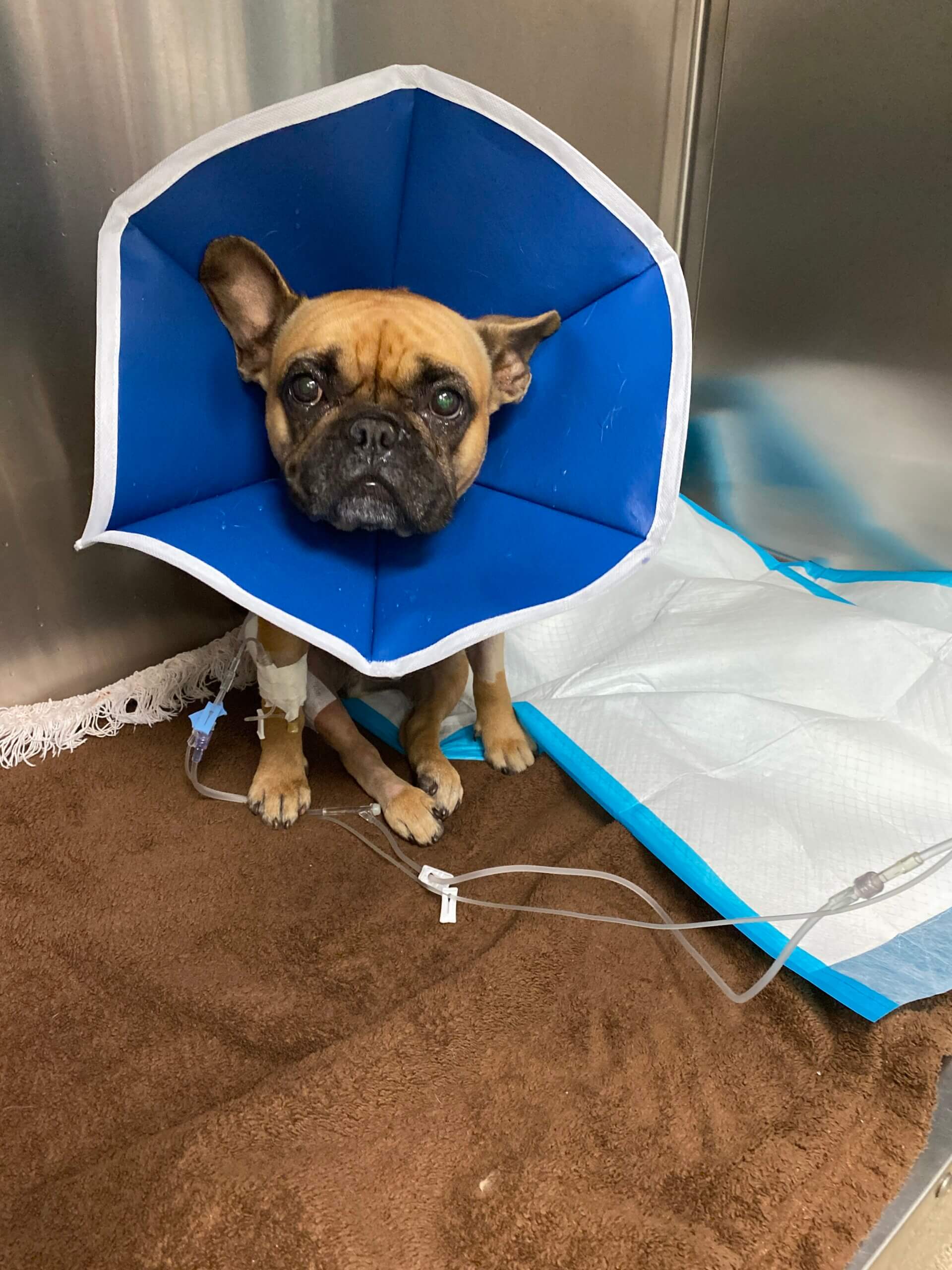Pet Emergency? Don’t Panic. Make a Call to a Trusted Vet First.
Dealing with a pet emergency can be a frightening experience for both you and your furry companion.
Dr. Danielle Wharton, Lead DVM of Emergency Service at The Veterinary Medical Center of Long Island (VMCLI), provides important information and life-saving tips to help you best navigate through an emergency situation.
When an emergency occurs, it may be your first instinct to bring your pet directly to an ER, but Dr. Wharton recommends that if time permits, calling the ER before arriving allows the staff to assess whether you should bring your pet in for evaluation versus monitoring/troubleshooting at home, or in some cases, redirecting you to a different location.
“Our goal is to minimize stress for both you and your pet, therefore getting you to the most appropriate facility is critical. Not every ER sees exotic pets, has a surgeon on-call, has oxygen cages available etc.,” Wharton says.
Staff can also provide enroute treatment when necessary, such as active cooling for heat stroke. Upon arrival, note that several factors determine your wait time.
“What is often not seen by clients is the number of hospitalized patients and the level of care those patients may require,” Wharton says. “Sometimes having 20 patients hospitalized can be a significantly less workload than a day where you have 10 patients but four of them are critical and unstable.”

Staffing of support staff and veterinarians also plays a critical role. This includes but is not limited to kennel aids, maintenance crew, reception staff, veterinary technicians and assistants, IT department, and management.
“Working together and fostering a positive relationship between all of us plays a role in not only wait time but the quality of care delivered and the interpersonal communications we have with our clients during an exceptionally stressful and heart-wrenching time in their lives,” Wharton says.
She continues on to explain the varying triage levels ERs use when evaluating emergencies.
“Immediately life threatening and critical levels include serious physical trauma, struggling to breathe (blue gums, stretching head/neck, coughing up pink fluid), not breathing and/or cardiac arrest, collapse without recovery, actively seizing, unable to urinate (particularly in male dogs/cats), distended abdomen paired with non-productive vomiting in dogs,” she notes. “Examples of moderate urgency include recent seizure with recovery, difficulty urinating, cloacal or rectal prolapse in exotic species, rabbit/guinea pig/chinchilla not defecating or eating for several hours, severe hemorrhagic diarrhea. Mild urgency may include squinting, sudden blindness, lacerations, vomiting/diarrhea while mild cuts, limping, soft brown stool, dermatological conditions are considered non-urgent.”
































